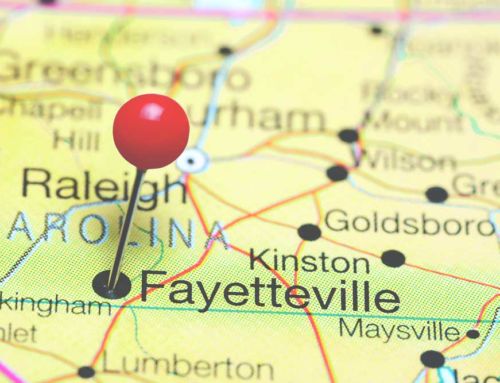Baron & Budd has filed a lawsuit on behalf of the city of Oakland against Monsanto, alleging that the chemical company is responsible for contaminating not only Oakland storm water, but also the San Francisco Bay with polychlorinated biphenyl (PCBs). Oakland joins a lengthy list of municipalities across the country that have enlisted Baron & Budd’s help in holding Monsanto accountable for PCB contamination in waterways and buildings.
The lawsuit, which was filed on November 11, alleges that Monsanto produced PCBs for nearly five decades until the U.S. Congress banned the chemical in 1979. PCBs have been found in water, plants, human tissue, animal tissue and marine life. The chemicals have not only destroyed fish habitats, they have also been linked to severe illnesses in humans – including cancer.
A History of Dangerous Contamination
PCBs were used in a wide range of applications before they were banned. These included paints, electrical equipment, caulks and many, many others. Even though the company knew PCBs were toxic and could easily escape into the environment, it continued to produce them for years. Rivers, streams, soil, air, oceans, bays, lakes and rivers have all been contaminated.
California’s State Water Resources Council found that PCBs in Oakland storm water pose a direct threat to fish and wildlife in and near the San Francisco Bay, and also interfere with people’s enjoyment and use of the body of water. The cost to clean up PCB contamination could reach as much as $1 billion, according to estimates. The city believes those costs should be borne by Monsanto rather than taxpayers.
Baron & Budd has worked with several municipalities in taking legal action against Monsanto for PCB contamination. These include:
[checklist icon=”fa-angle-right”]- San Jose, CA
- San Diego, CA
- Spokane, WA
- Hartford, CT
- Westport, MA



